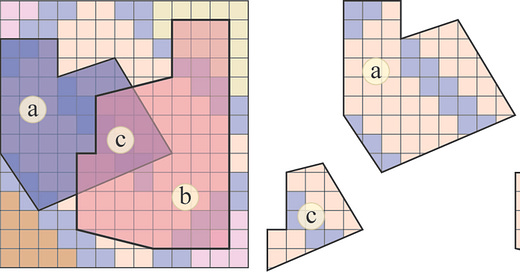Soon after I discovered the Spiral algorithm in New York, I shared my findings with my friend, Alex. Alex has a background in software development. After I described what I found, he said, “how did you even see this? I mean, no one is going to find something like this.” Election fraud researcher Jeff O’Donnell (Lone Raccoon) said something similar when …
Keep reading with a 7-day free trial
Subscribe to The Zark Files to keep reading this post and get 7 days of free access to the full post archives.





